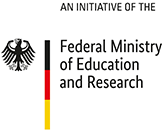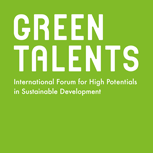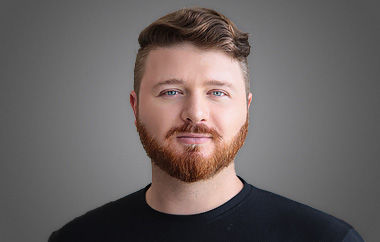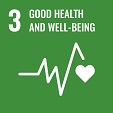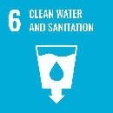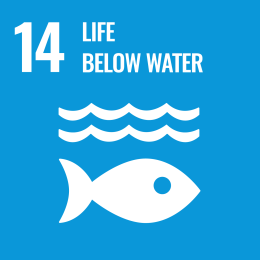PhD Student in Environmental Sciences at Tel Aviv University, Israel
Research focus: micro- and nanoplastics in the aquatic environment and a potential solution for microplastic removal from the aquatic environment
The presence of micro- and nanoplastics in the environment is increasingly reported, and studies show that plastic particles also tend to interact with organic and inorganic environmental micropollutants, potentially making them even more hazardous. Many organisations are engaged in detecting and assessing potential environmental damage. Despite the increasing concern, there is no solid evidence of the potential harmfulness of micropollutants and nanoplastics to human health. Furthermore, the few toxicity studies that have been conducted mostly use polymeric beads as surrogates for micro- and nanoplastics, which have limited environmental relevance.
Andrey and his colleagues synthesise size-controlled and environmentally relevant plastic standards and assess their adsorption potential for certain organic and inorganic pollutants in water. They are testing their toxicity with a range of human cells. In addition, they are examining their toxicity in the presence of adsorbed waterborne pollutants. They are also systematically investigating the inflammatory potential of the plastic standards in macrophage cell models in the presence and absence of adsorbed organic pollutants. Based on this research, other researchers in the field will be able to improve their experimental procedures using these environmental plastic standards. In this way, government decisions regarding plastic regulations can be made in a more scientifically sound manner – all to ultimately reduce the potential harm from nano- and microplastics in the future.
Andrey has not only identified the problem, but has recently started to work on a potential solution to microplastics in the aquatic environment. He is using a bio-based approach. Due to the interdisciplinary nature of this endeavour, Andrey acquired additional knowledge in polymer science, microbiology, biomedicine, imaging, 3D printing, and engineering.
Andrey’s research is closely related to UN Sustainable Development Goal (SDG) 14 (Life below Water), SDG 3 (Good Health and Well-being), and SDG 6 (Clean Water and Sanitation).
Andrey’s results will help to contribute to scientifically sound regulations for the microplastics problem and hopefully a solution to this problem in aquatic environments. For his work on these highly relevant issues, Andrey was recognised by the jury as a Green Talent.
The research of Andrey mainly contributes to the Sustainable Development Goals 3, 6, 14:
Take a look at this video that briefly introduces Andrey and his research:
